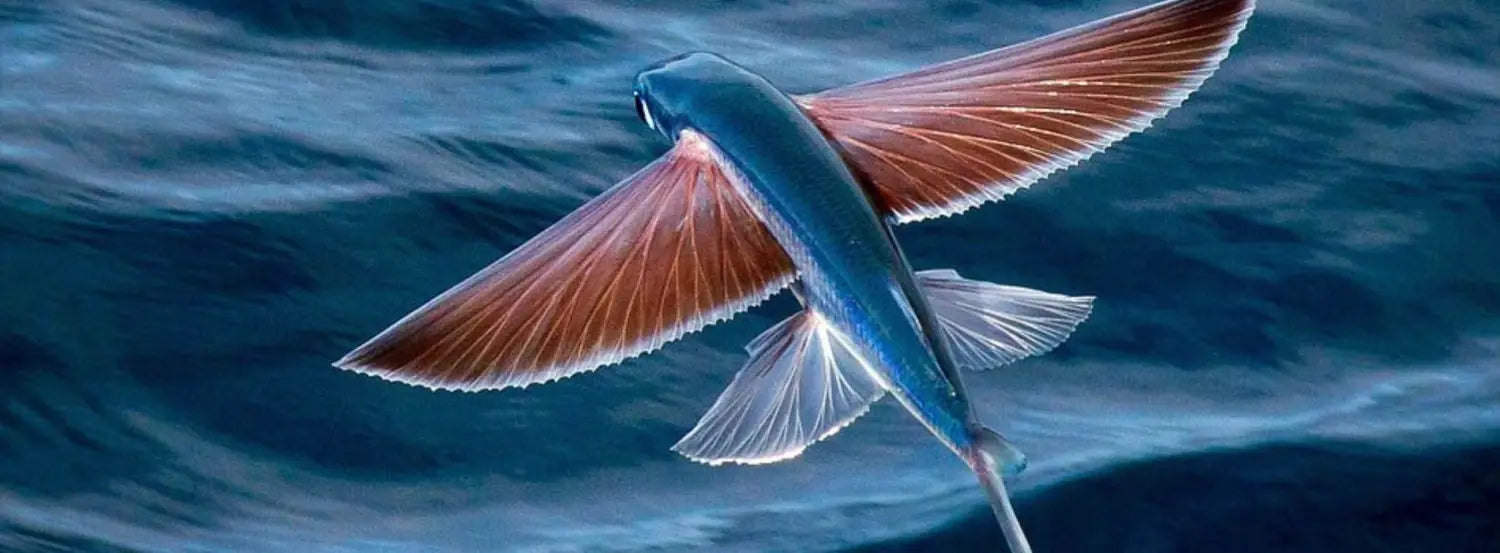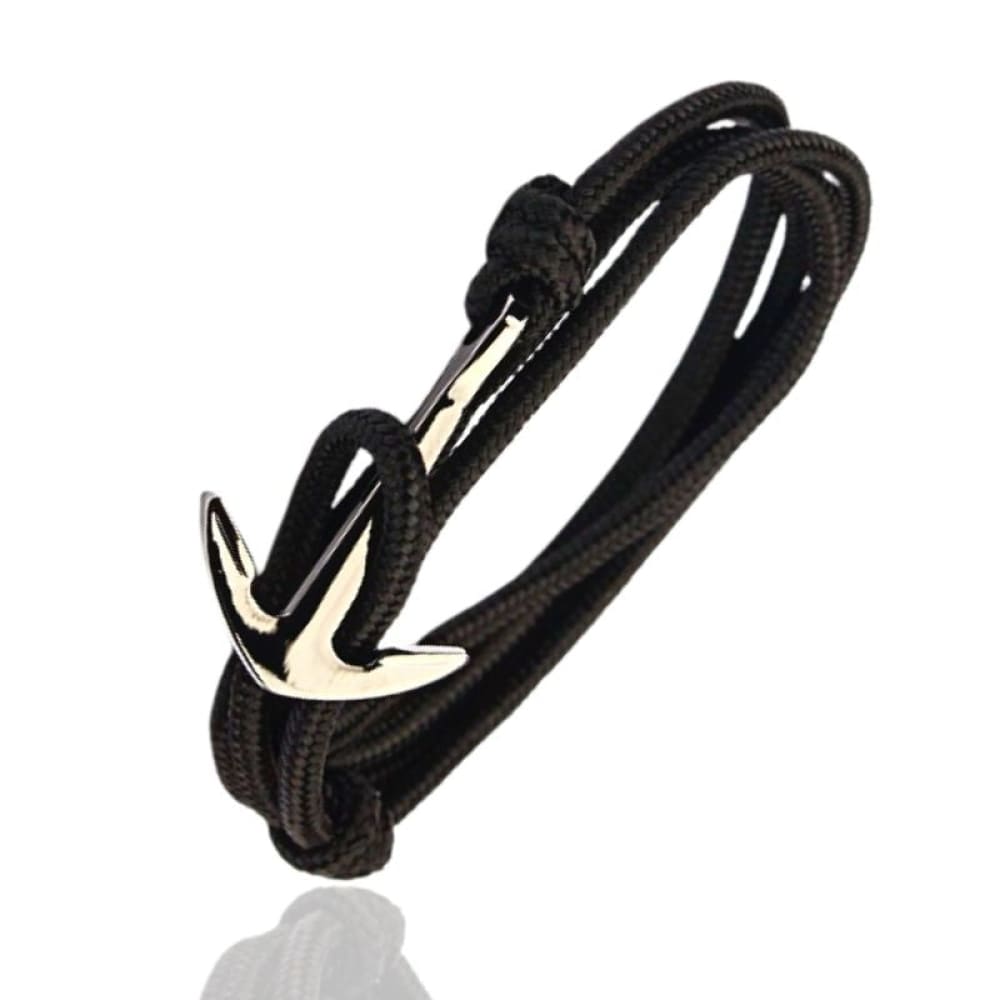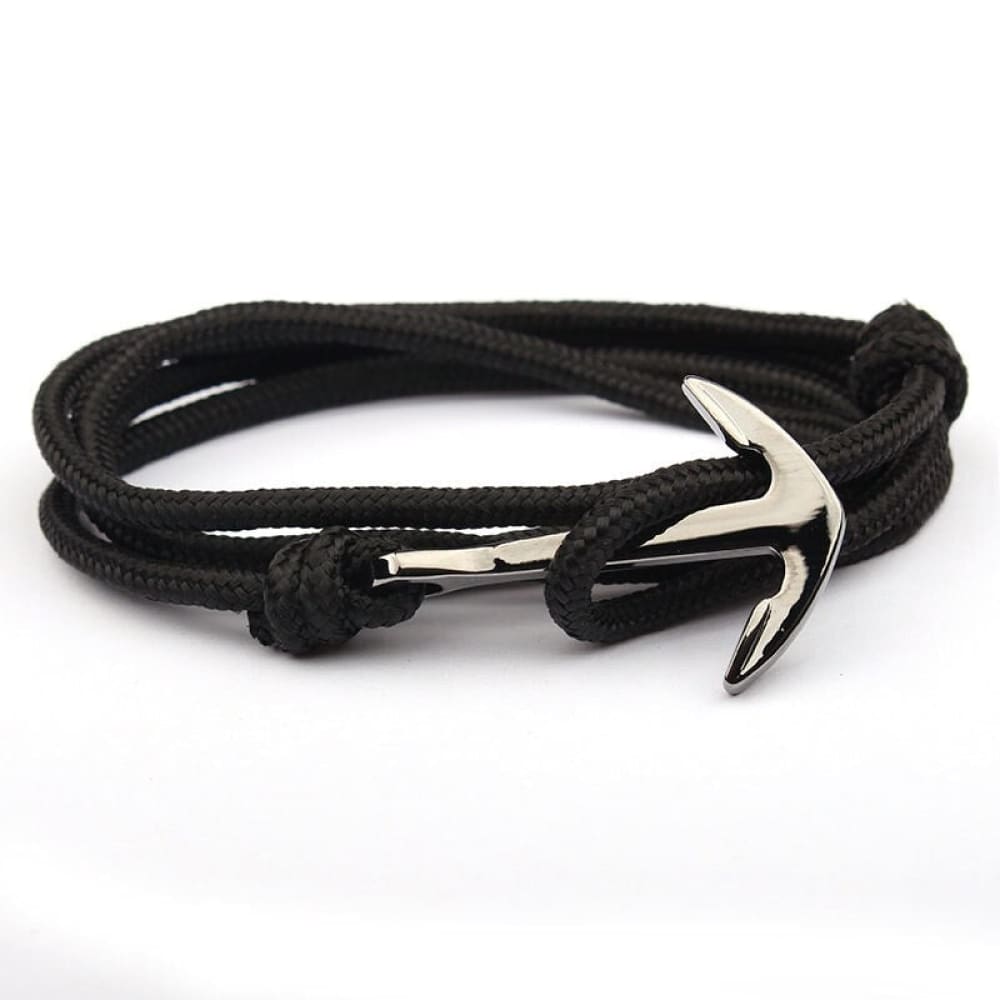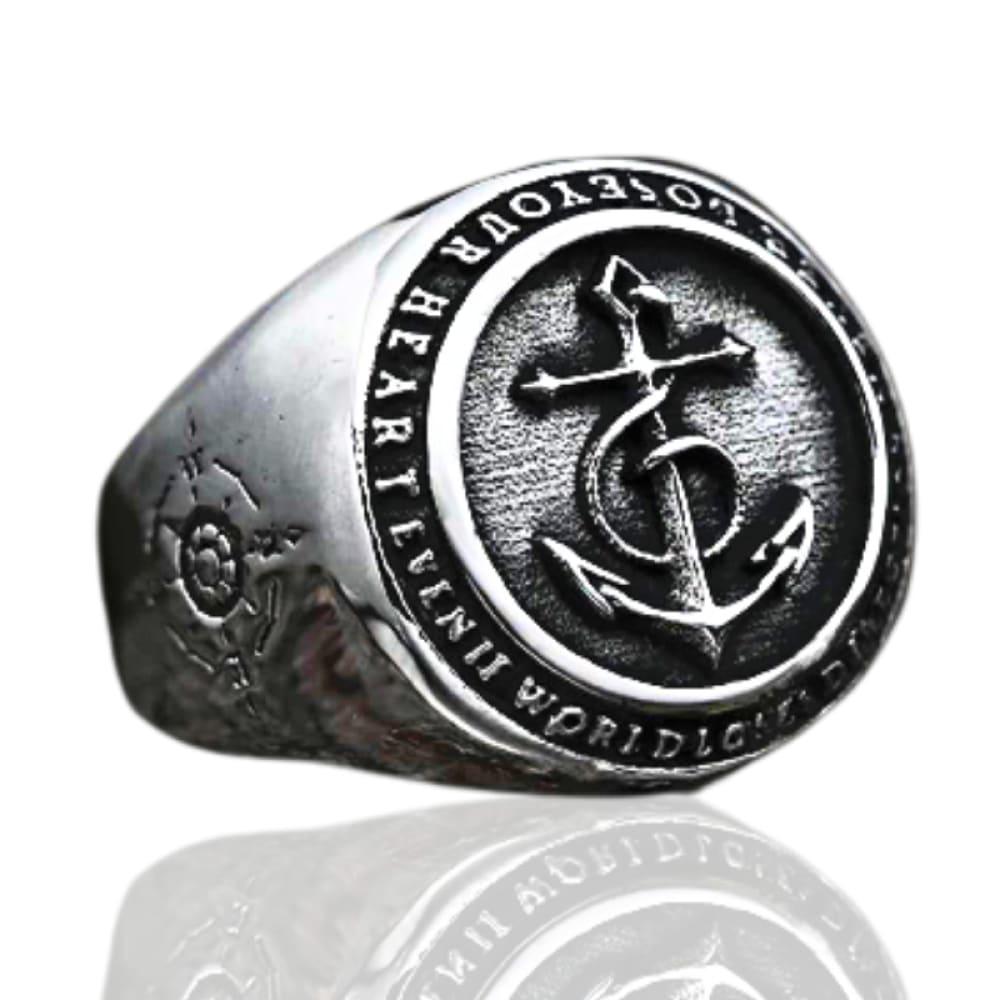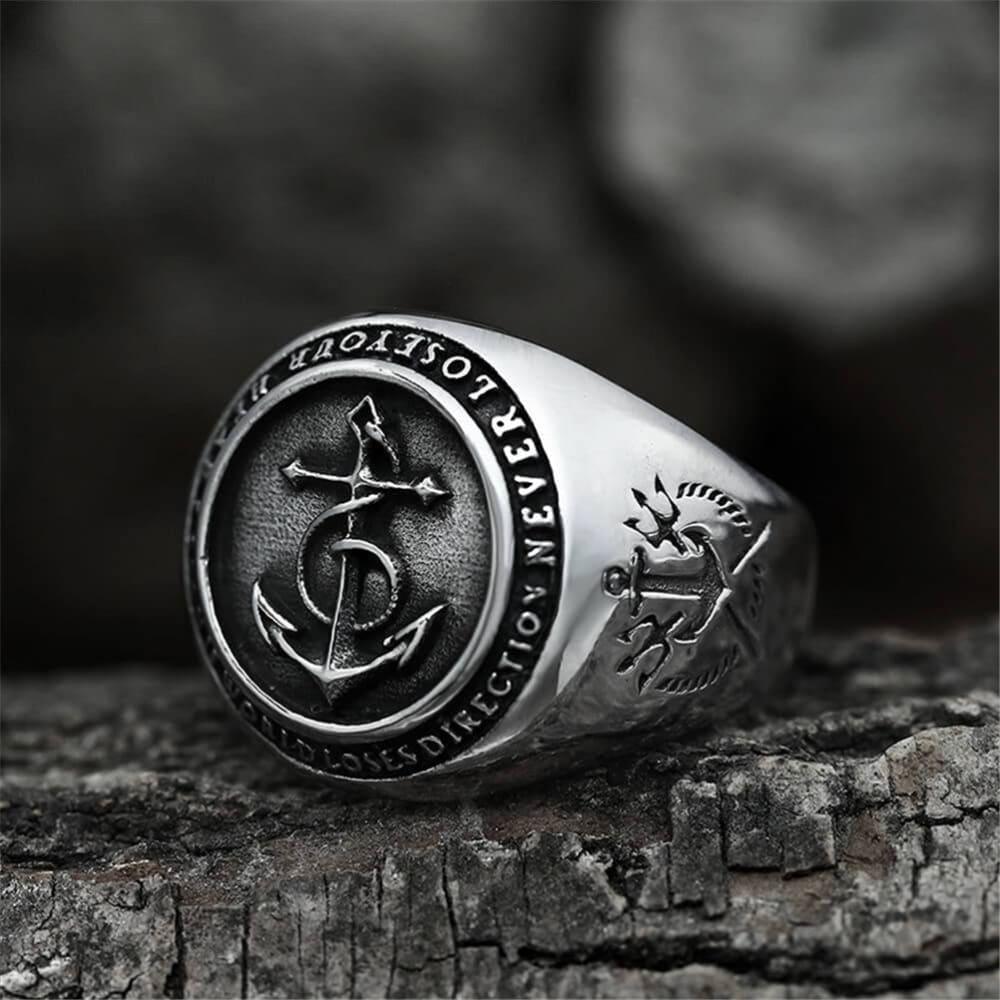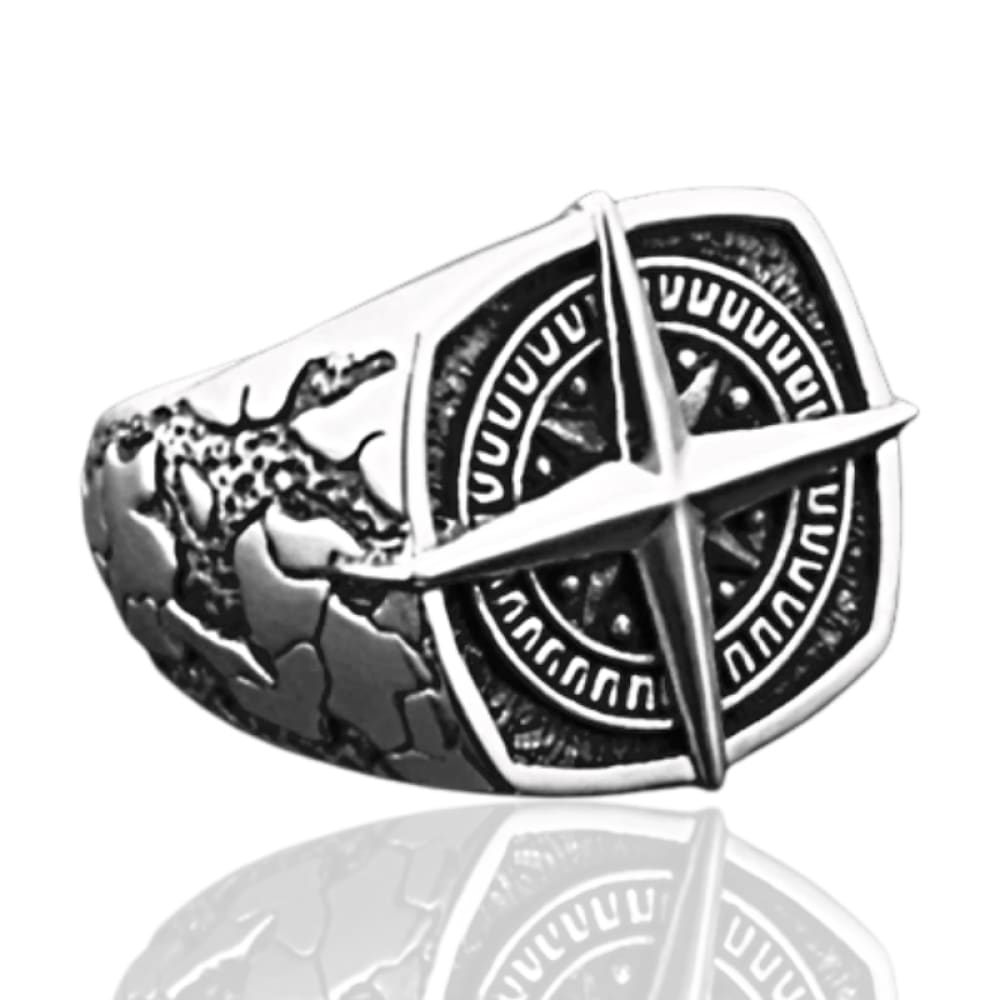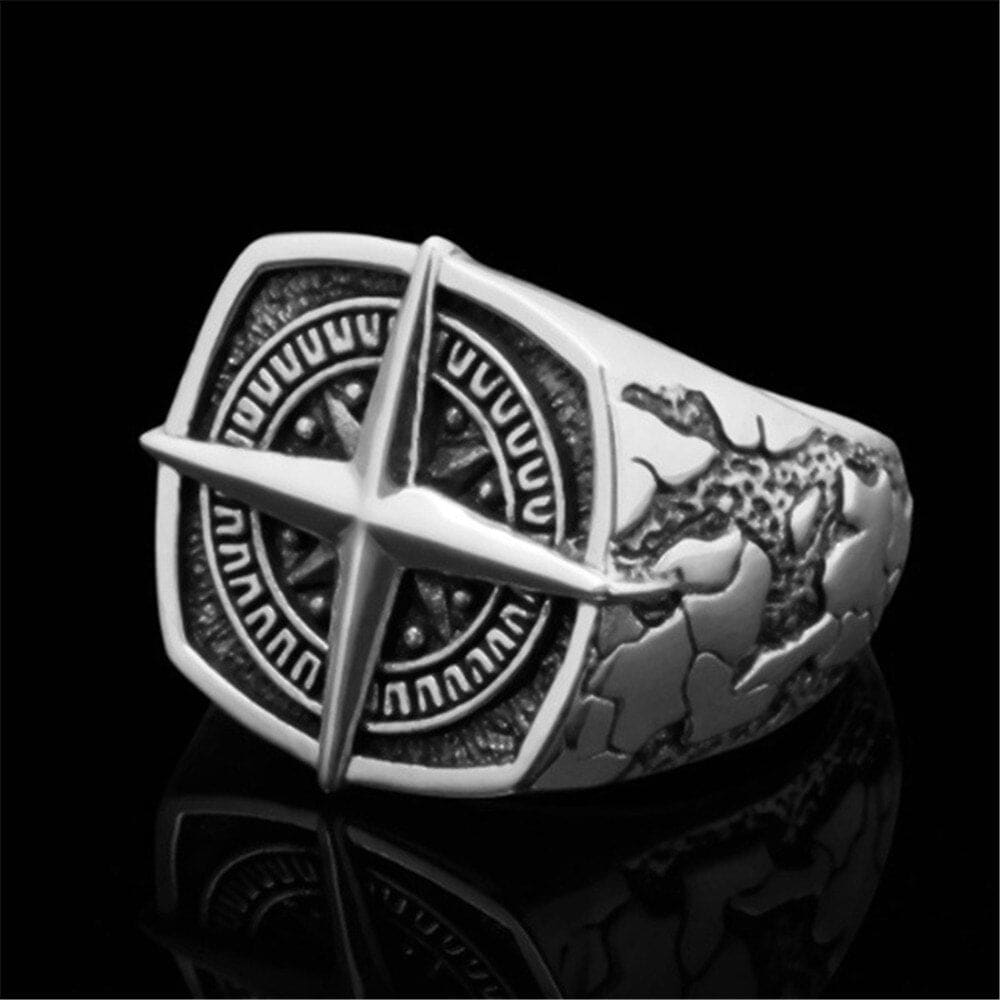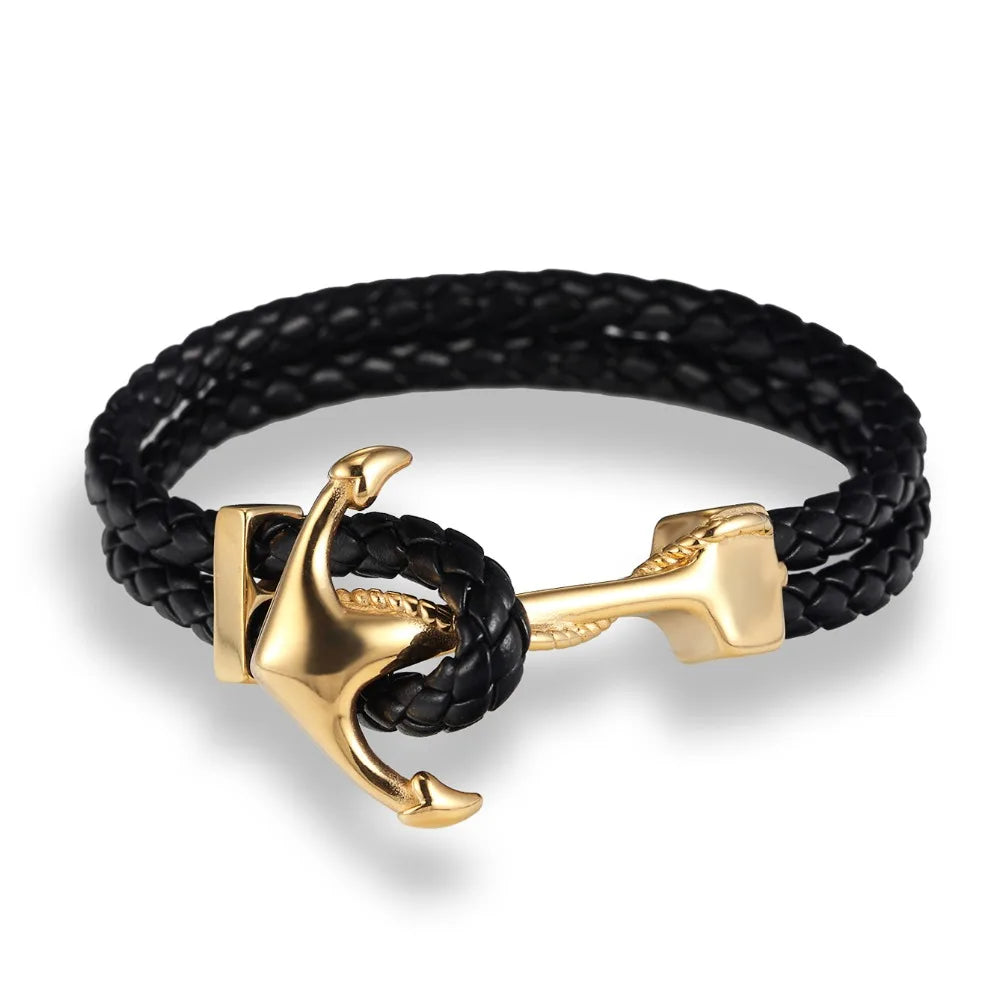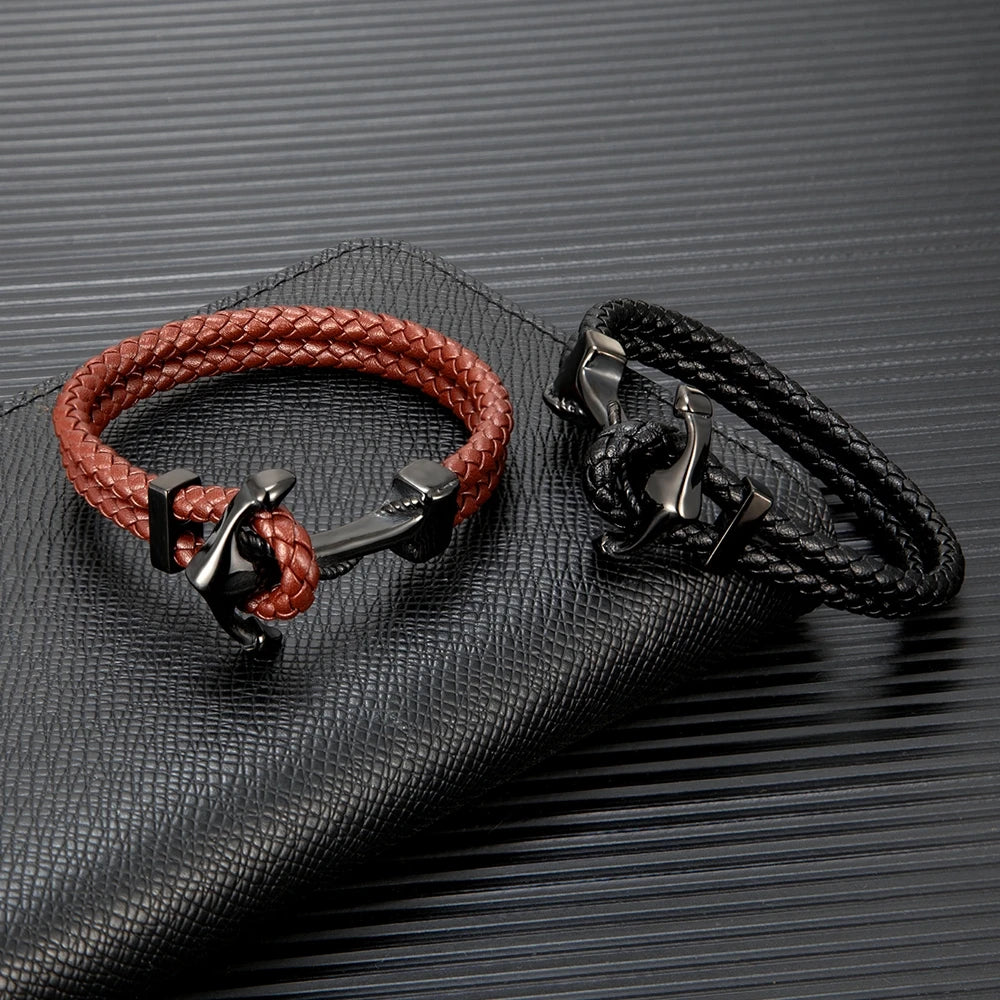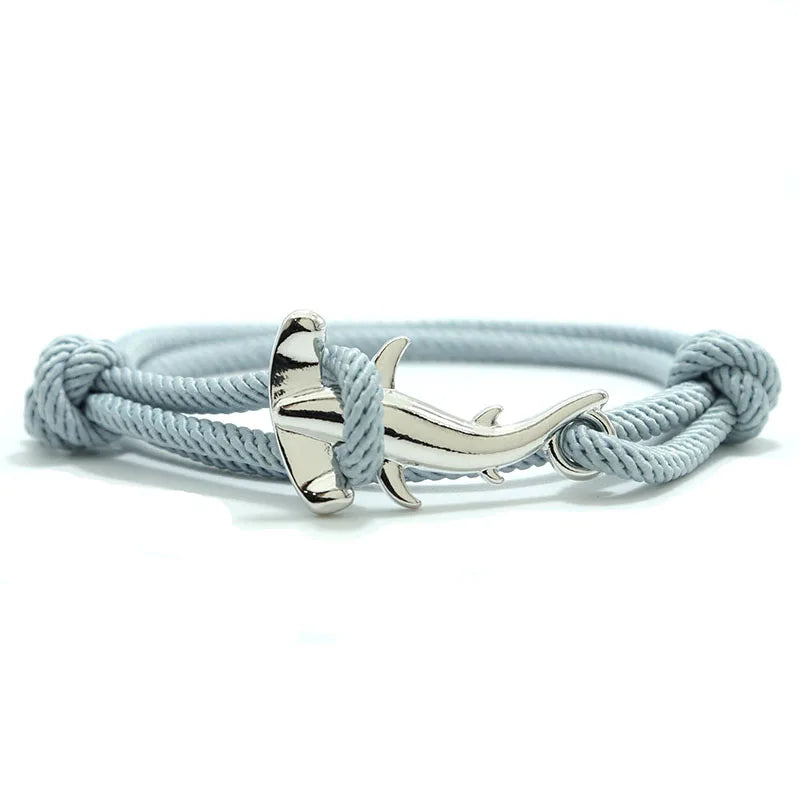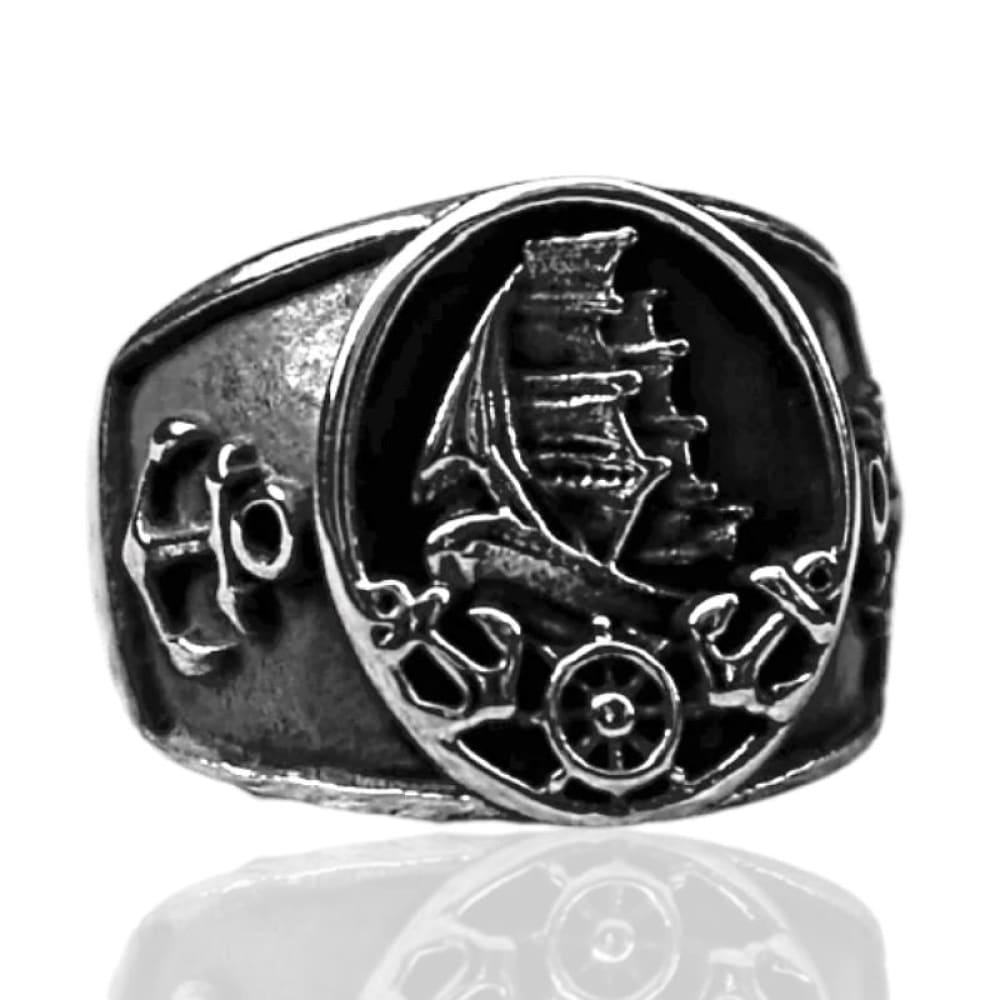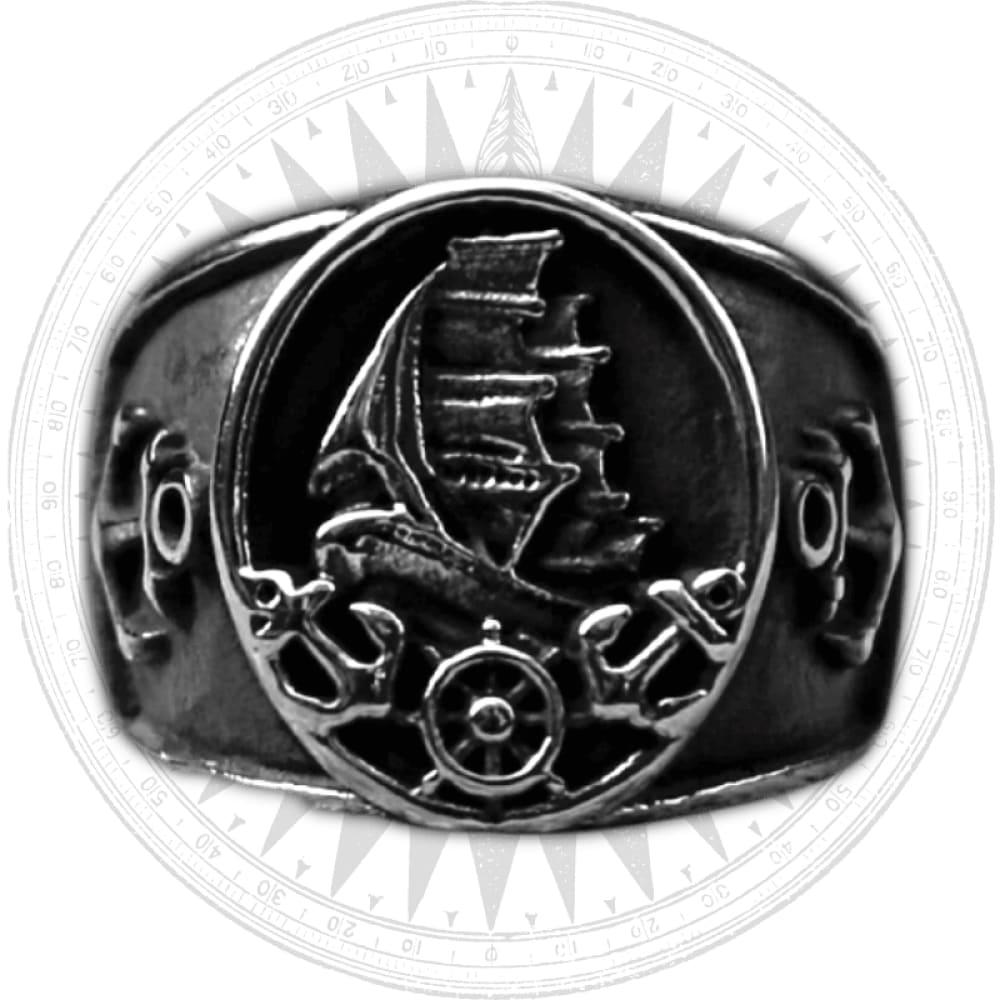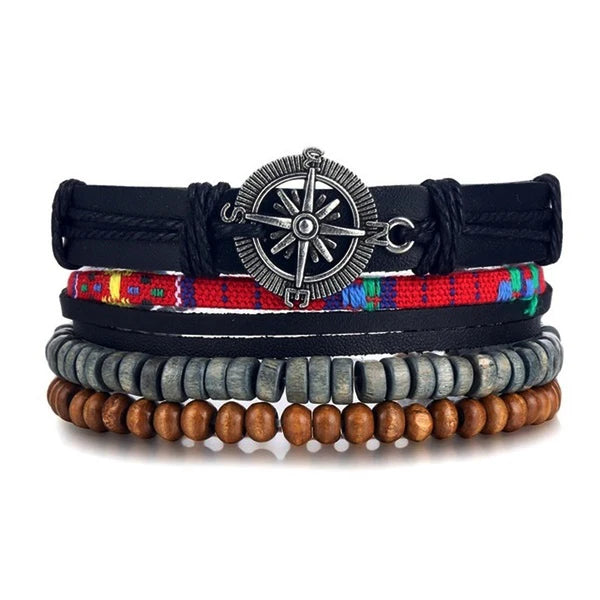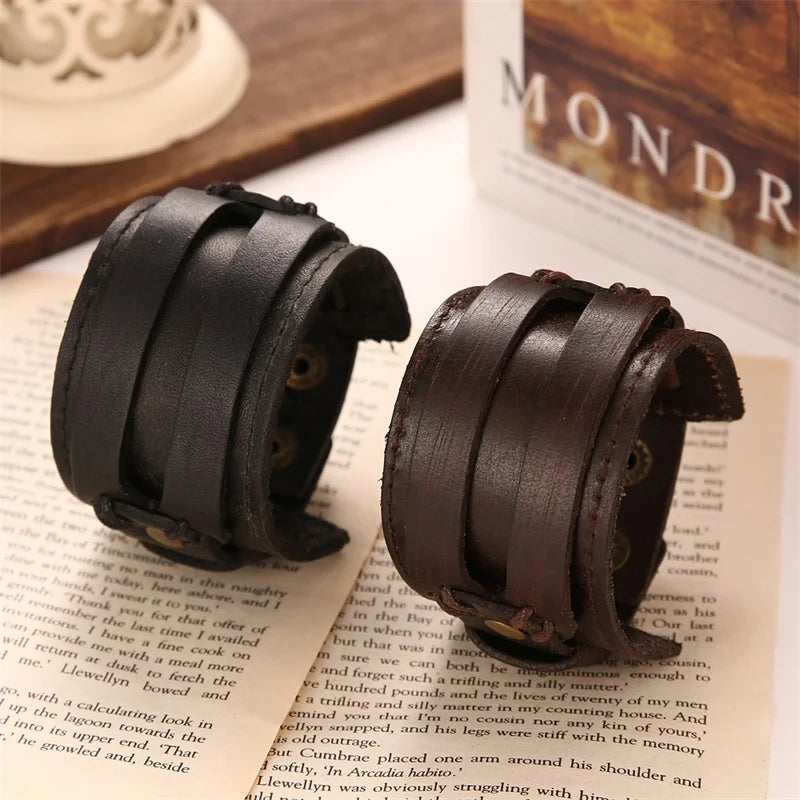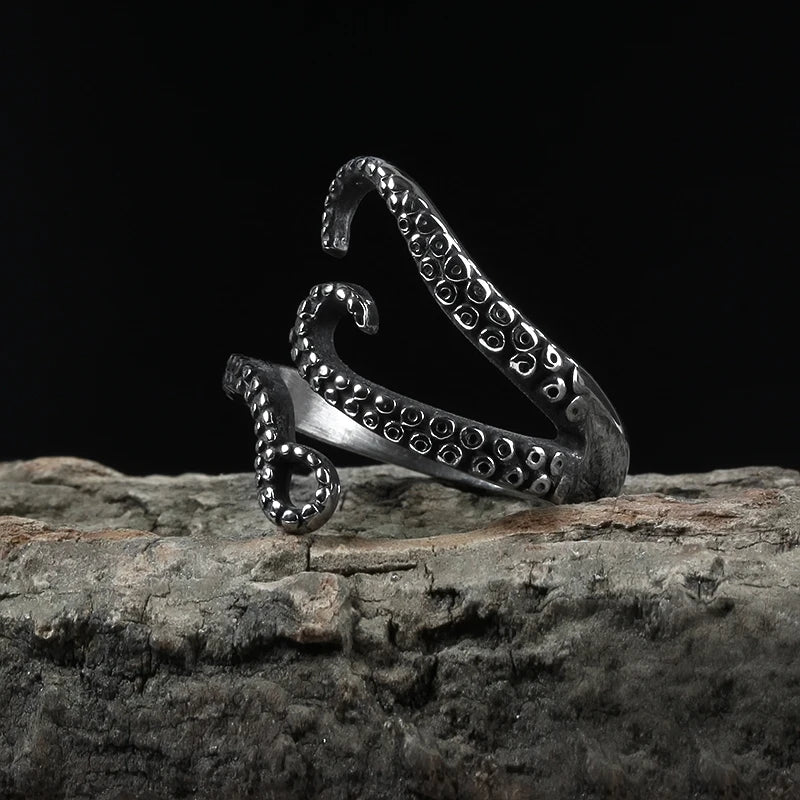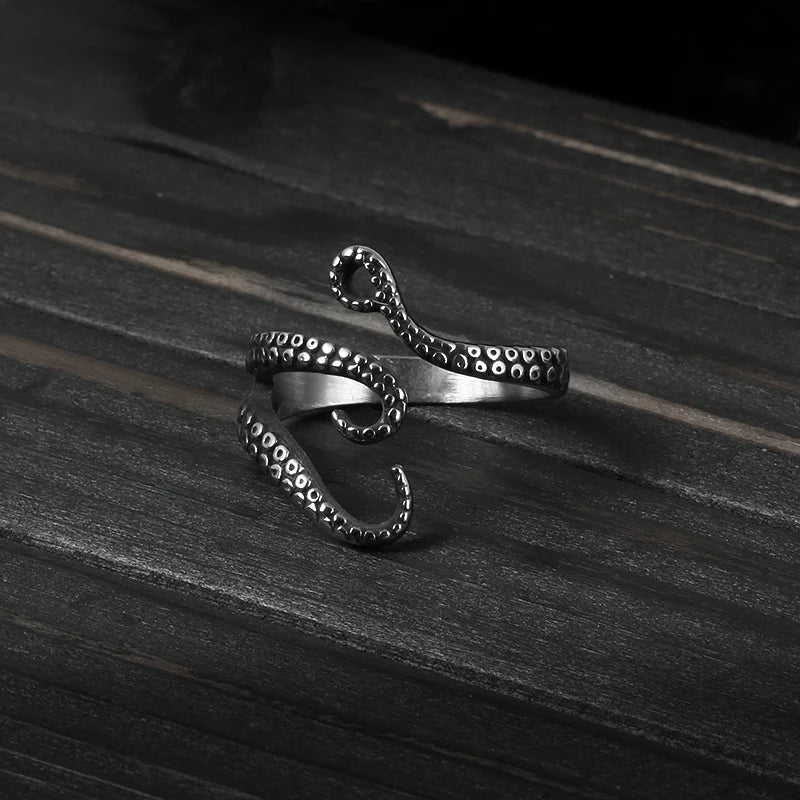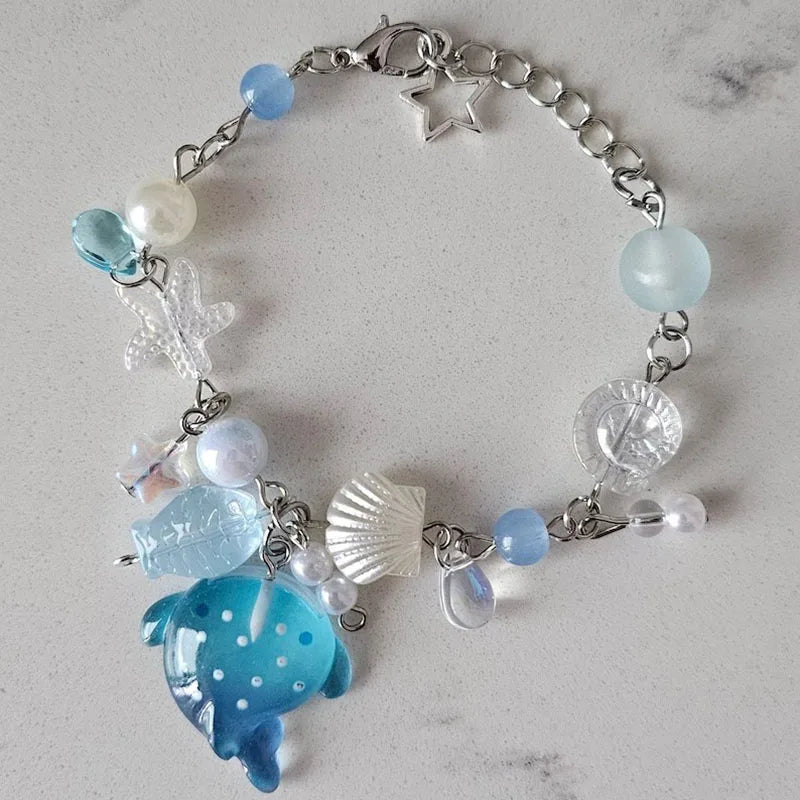The ocean is home to a breathtaking array of creatures, each with its own unique adaptations. Among these fascinating inhabitants is the flying fish, a remarkable species that defies the boundaries between water and air. With their long wing-like fins, they are able to propel themselves out of the water, gliding through the air for impressive distances. In this article, we will delve into their captivating world, exploring their biology, behavior, and the important role they play in marine ecosystems.
The Extraordinary Exocoetidae Family
Flying fish belong to the Exocoetidae family, which includes around 64 species grouped in seven genera. These marine ray-finned fish are part of the Beloniformes order. While they may not possess the ability to fly like birds, they have evolved unique adaptations that allow them to perform powerful leaps out of the water and glide above the ocean's surface.
Anatomy and Adaptations
Flying fish possess several remarkable anatomical features that enable their flight-like behavior. Their long pectoral fins, often referred to as "wings," are the primary structures responsible for gliding. These fins are highly modified and act as wings when the fish launches itself out of the water. The wing-like shape and streamlined bodies of this fish reduce drag and allow them to glide for considerable distances.

Another notable feature of exocoetidae is their unevenly forked tail, with a shorter top lobe and a longer bottom lobe. This tail configuration provides stability during flight, allowing the fish to navigate through the air with precision. Additionally, they have fully broadened neural arches, which provide stability and strength to their vertebral column, ensuring a rigid body during glided flight.
Range and Distribution
These creature monly found in the epipelagic zone, which refers to the top layer of the ocean up to a depth of approximately 200 meters. While open oceans serve as the primary habitat for most exocoetidae species, some can be found near the outskirts of coral reefs.
The distribution of this creature extends from the Atlantic and Pacific coasts of the United States to the Atlantic, Pacific, and Indian Oceans. These fish have also been observed off the coasts of Barbados, earning the island the nickname "the land of the flying fish." It is worth noting that the migration patterns of them have changed over time, with their range now reaching as far north as Tobago.

Flight: A Clever Escape Mechanism
The ability to glide through the air is a crucial survival mechanism for this creature. These fish use flight as a means to escape from underwater predators, including swordfish, mackerel, tuna, and marlin. When faced with danger, flying fish can launch themselves out of the water at impressive speeds, reaching over 35 miles per hour.
During flight, they rely on their wing-like pectoral fins to glide above the water's surface. By holding their fins flat at their sides, they create lift and reduce drag, allowing them to stay airborne for extended periods. The curved profile of their "wings" resembles the aerodynamic shape of bird wings, further enhancing their flight capabilities.

However, the period of flight also exposes the flying fish to avian predators such as frigate birds. Despite the risks, the exocoetidae have evolved to take advantage of updrafts created by a combination of air and ocean currents, increasing their time in the air and improving their chances of escape.
The Fascinating Flight of Flying Fish
Their flights are nothing short of awe-inspiring. These incredible creatures can cover distances of up to 400 meters, utilizing updrafts at the leading edge of waves to extend their glides. While their typical flight range is around 50 meters, they have been recorded staying airborne for as long as 45 seconds.
Flying fish can reach speeds exceeding 70 kilometers per hour, making their flights swift and efficient. Their maximum altitude above the surface of the sea is approximately 6 meters. At the end of a glide, they either fold their pectoral fins to re-enter the water or use their tails to push against the water, propelling themselves into another glide or changing direction.

Importance in Marine Ecosystems
They play a significant role in marine ecosystems, both as prey and as contributors to nutrient cycling. They feed primarily on plankton, making them an integral part of the oceanic food web. Their predators include dolphins, tuna, marlin, birds, squid, and porpoises.
Furthermore, their presence can indicate the health of marine environments. Their migration patterns and abundance can serve as indicators of the overall ecosystem's well-being. Declines in exocoetidae populations may signal disruptions in the food chain or changes in oceanic conditions, highlighting the need for conservation efforts.
Human Interactions: Fisheries and Cuisine

They have been commercially fished in various countries, including Japan, Vietnam, China, Indonesia, and India. Gillnetting and dipnetting are common fishing methods used to catch these fish. In Japanese cuisine, dried them is often used to make fish stock for dashi broth, while the roe of Japanese flying fish known as tobiko is used in sushi.
In Barbados, they hold great cultural significance and are considered a national symbol. The fish is a staple in the national dish, cou-cou, and exocoetidae. However, overfishing and environmental changes have impacted their population around Barbados, leading to changes in their migration patterns.
Our last words...
They encapsulate the beauty and wonder of the ocean world. Their ability to glide through the air with grace and agility is a testament to the marvels of evolution. As we continue to explore and understand these extraordinary creatures, it becomes clear that they are not just fish that fly, but ambassadors of the sea, connecting us to the vastness and mysteries of the marine realm.
With their elegant fins and remarkable adaptations, exocoetidae inspire us to appreciate the interconnectedness of life on Earth. They remind us of the delicate balance of ecosystems and the importance of preserving the oceans for future generations. Let the enchantment of flying fish continue to captivate us and deepen our love for the wondrous world beneath the waves.
We hope you've liked this article about the flying fish!
Feel free to subscribe to our private newsletter to receive more exclusive article. You will also receive a 10% bonus discount for our sea world catalogue. You will be notified via email whenever we release a new wonderful jewelry piece of the ocean.
Feel free also to go check out our website, we provide the best sea content and we offer you the best nautical jewelry all around the globe !

